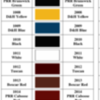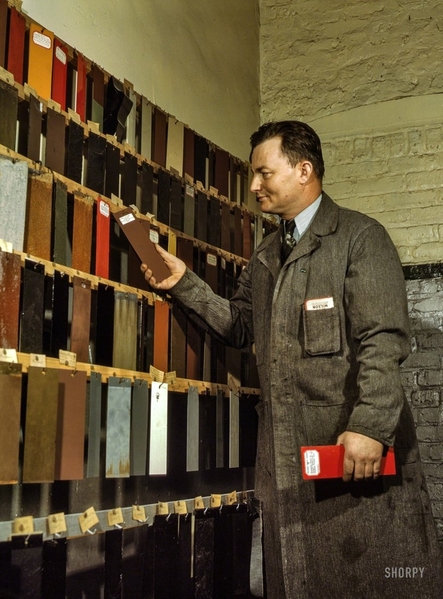the Paint codes are not a secret, the company no longer exists. The PRR disappeared in 1966 I believe. Therefore all we have is pieces of records that were salvaged. The PRRT&HS has saved whatever they can and what is donated, but a lot was lost.
But with Railroad paint, there are more issues. The equipment is in a harsh environment. All sorts of weather conditions and continuous use affect it. Harsh sunlight, dirty environment etc cause fading. Then paints 50 years ago and more were not as good as today - they faded more easily from abuse. and the farther back you go, the less stable they were.
So when people look at a paint chip and say that is not the color they remember - you have to consider the situation. The paint chip is the color as ordered from the mfg. the color that someone remembers what a unit in service, perhaps years of service, that came by or into the station. the paint on the unit would be dirty, faded and worn.
Another issue that applies to Pennsy freight cars is taht the "boxcar red" (freight car color) they used got darker and more brown over the years into the 50s. The reason given was better pigments and movement from natural pigments to artificial pigments in the paint.
So as mentioned above, every one has their own opinion of what the color should be.
As for your model, try the boxcar red on the inside or someplace and see if it matches. If not try mixing a maybe 5 drops of tuscan with a drop of black and try that. Experiment until you get a match you like. Since you are working with a small area, you don't need much, so you can experiment with a few drops here and there and see what happens. Keep good notes on what you do and remember when the paint dries it changes shades slightly.








